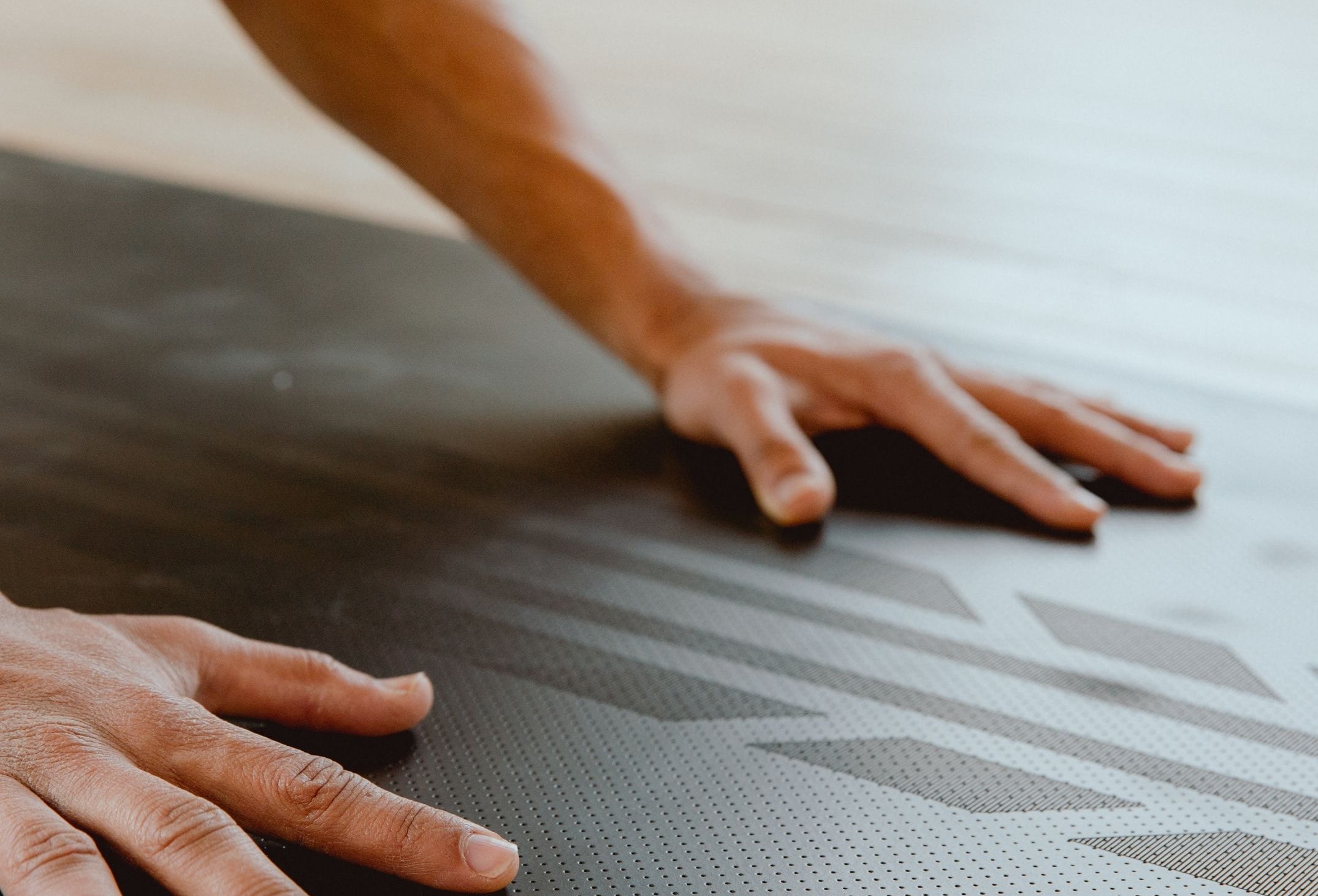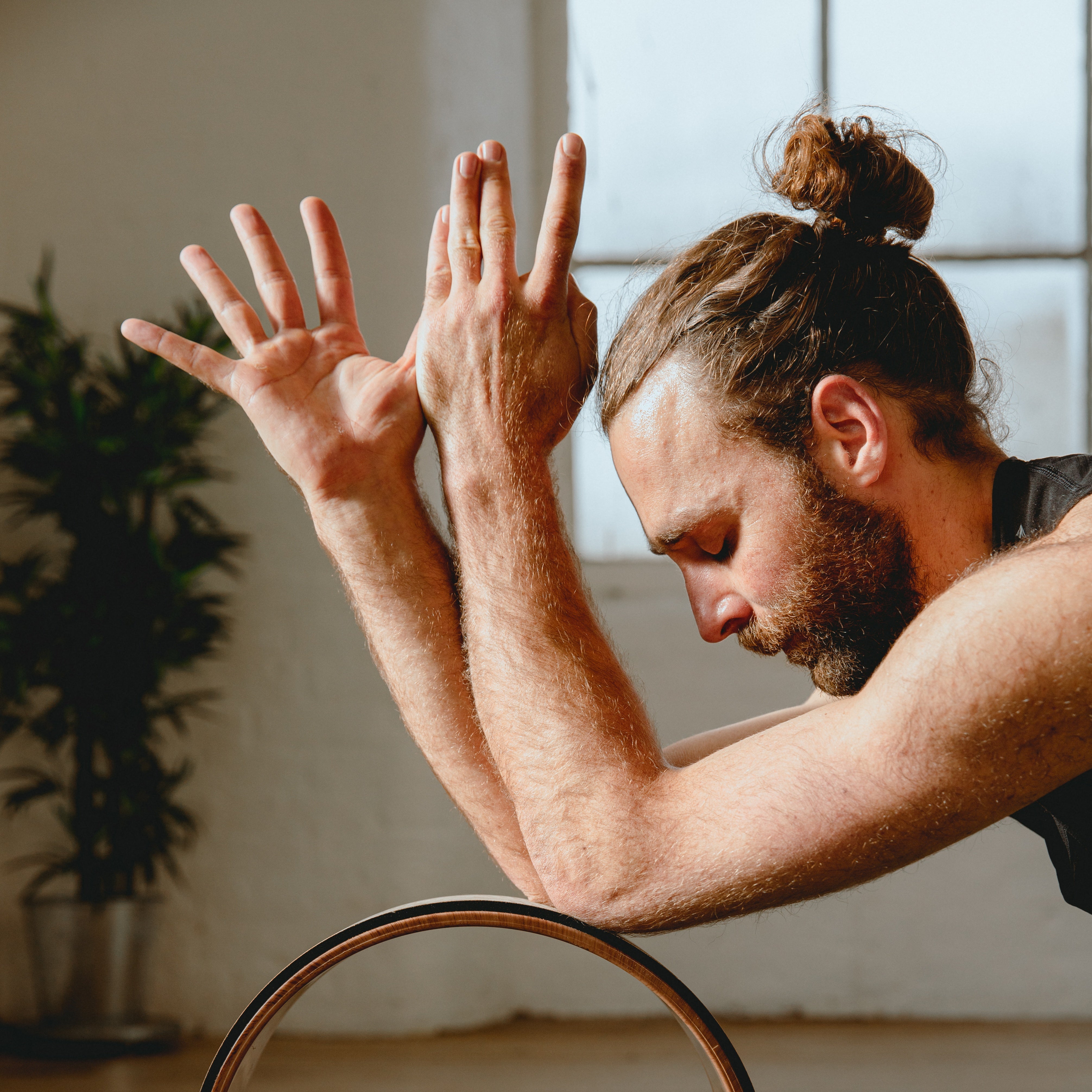Whether you’re a Hollywood star, nine to fiver, parent, student, exercise freak or exercise phobic, there’s a style of yoga that’s suitable for you. And in today’s society, there’s never been a better time to take up this ancient practice that provides a welcome respite from modern living. After all, we could all do with taking mindful breaks more often and taking the time to stretch and breathe properly. Yoga is the perfect facilitator, combining spiritual wisdom with breathwork and postures to increase strength and flexibility for the body and mind.
How Did Yoga Start?
There’s nothing new about yoga. In fact, it’s roots can be traced back to Northern India circa 5000 years ago. We know this because yoga was mentioned in sacred texts called Vedas, originally written by priests in the ancient text of Sanskrit. Over time, the Vedas were refined in various scriptures by sages who documented their practices and beliefs. Not only that but yoga along with meditation became a huge part of the Hindu and Buddhist philosophies.
What Was the First Type of Yoga?
Vedic Yoga, also known as ‘Archaic Yoga’, from the time of the Vedas, was the original practise and still serves as the foundations for modern yoga. It involved mantras, or prayers designed to build a connection with the spiritual world. Another important pillar was Prana Yoga, mastery over the motor organs and senses which used breath and awareness of chakras, or energy points. There was also an element of focusing the mind and meditation was incorporated into this ancient practise.
When Did Yoga Come to the West?
It was during the 1800s that the western world became increasingly aware of yoga. People who travelled to India began to observe Indian monks, otherwise known as yogis and their practice. It’s also thought that a certain Swami Vivekananda introduced the concept of yoga to the USA when he organised conferences on the topic and translated yogic texts into English, describing it as a ‘science of the mind.’
How Has Yoga Changed?
Yoga has evolved over time, and it’s been adapted into many different disciplines since it’s early beginnings. In the past 100 years, things have really stepped up as the western world has realised the benefit of adopting yogic philosophies.
The 1960s also saw a resurgence along with the hippie trail and interest in other spiritual practises. Popular styles of yoga today include modern incarnations like Iyengar, Ashtanga and Vinyasa. There’s even Bikram (Hot Yoga) or Acro Yoga, for those that want to push the boundaries even further. New postures and routines have been developed including sun salutations. Even the infamous Downward Dog is only a relatively newbie by yoga standards, having surfaced much later down the line and possibly having been based on another past pose.
Now with the growing awareness around mindfulness, meditation and the link between mind and body, yoga is being taken up by record numbers of participants the world over. And it’s no wonder why!
Why Do We Do Yoga Today?
The answer to this can be very personal. Some people do it as a form of exercise, or to build stamina and improve posture. For others, it's more about relaxation, managing their mental health or spiritual reasons. The truth is that yoga is a way to bring harmony to our often disordered, chaotic lives. It makes us slow down, breathe properly and focus on ourselves allowing us to press the very often, much-needed reset button.
A great benefit of yoga is that it’s also extremely accessible. There’s a form of yoga for everyone, no matter their age, physical health, weight, coordination, or motivation. You don’t even have to go to a class these days. With the advent of streaming services and apps available on most of our televisions, we can access any number of online yoga classes from the comfort of our own houses. So, whether you’re at home, at work or even on holiday, you can literally do it anywhere!
Incidentally, if you’d like to enhance your yoga practise at home or prefer not to share mats during a class, we highly recommend using the Teddy Mat, our superbly lightweight, high-performance, portable non-slip yoga mat. It offers expert grip to support your joints and prevent you from slipping or sliding and can be used on any surface, indoors or outside. It’s also machine washable so ridiculously easy to maintain too.
Yoga continues to benefit the lives of millions of people on a global scale. Join the yoga revolution and experience its incredible health and wellbeing benefits. If there’s one thing that’s for sure, yoga is well and truly here to stay.



Leave a comment